Introduction:
The extent of damage to a mirror determines whether it can be repaired or if replacement is necessary. Mirrors can sustain various types of damage, including cracks, chips, scratches, or fogging. The feasibility of repairing a damaged mirror depends on factors such as the severity of the damage, the type of mirror, and the location of the damage. In this guide, we will explore different types of mirror damage and discuss the possibilities for repair. By understanding the nature of the damage and considering the available repair methods, you can determine whether your damaged mirror can be successfully repaired.
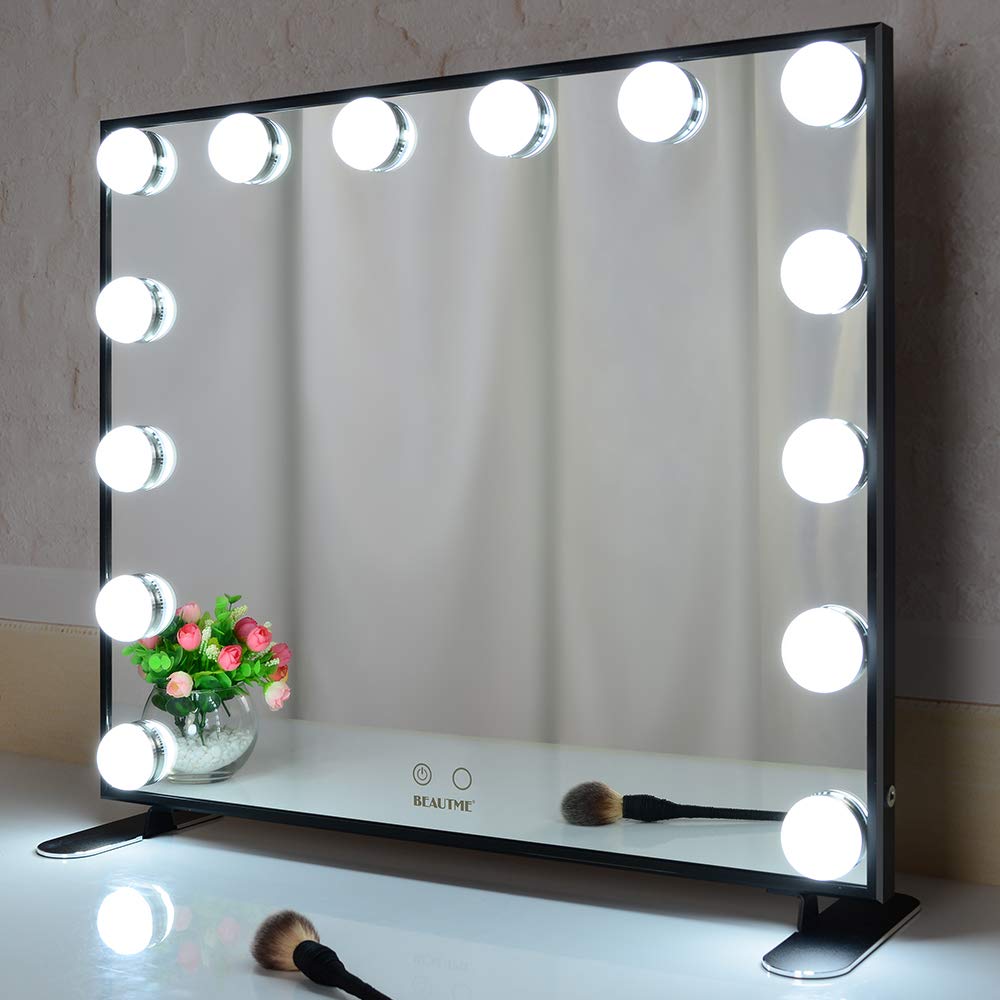
How damaged is the mirror that it can still be repaired?
Cracks and Chips:
Cracks and chips are common forms of damage that can occur to mirrors. The repairability of cracked or chipped mirrors depends on several factors:
a. Length and Depth of the Crack: The length and depth of the crack determine the extent of the damage. Superficial cracks that are short and shallow are generally easier to repair than deep or extensive cracks.
b. Location of the Damage: The location of the crack or chip also plays a role in repairability. Damage near the edges or corners of the mirror may be more challenging to repair, as it can compromise the structural integrity of the mirror.
c. Type of Mirror: The type of mirror affects repairability. Traditional glass mirrors are more repairable than specialized mirrors, such as antique or decorative mirrors, which may require specialized techniques or expertise.
d. Safety Considerations: Mirrors with cracks that pose a safety risk, such as those with sharp edges or a risk of shattering, are typically recommended for replacement rather than repair.
Scratches:
Surface scratches are a common form of damage that can occur to mirrors. The repairability of scratches depends on several factors:
a. Depth of the Scratch: Superficial scratches that do not penetrate the mirror’s reflective coating are often easier to repair than deep scratches that reach the glass or underlying layers.
b. Length and Width of the Scratch: Longer or wider scratches may be more challenging to repair, as they require more extensive treatment to achieve satisfactory results.
c. Location of the Scratch: Scratches located in prominent areas or in the line of sight can be more noticeable and may require more meticulous repair techniques to achieve an even and seamless finish.
d. Type of Mirror: The type of mirror can affect repairability. Traditional glass mirrors are generally more repairable than specialized mirrors with delicate or decorative coatings.
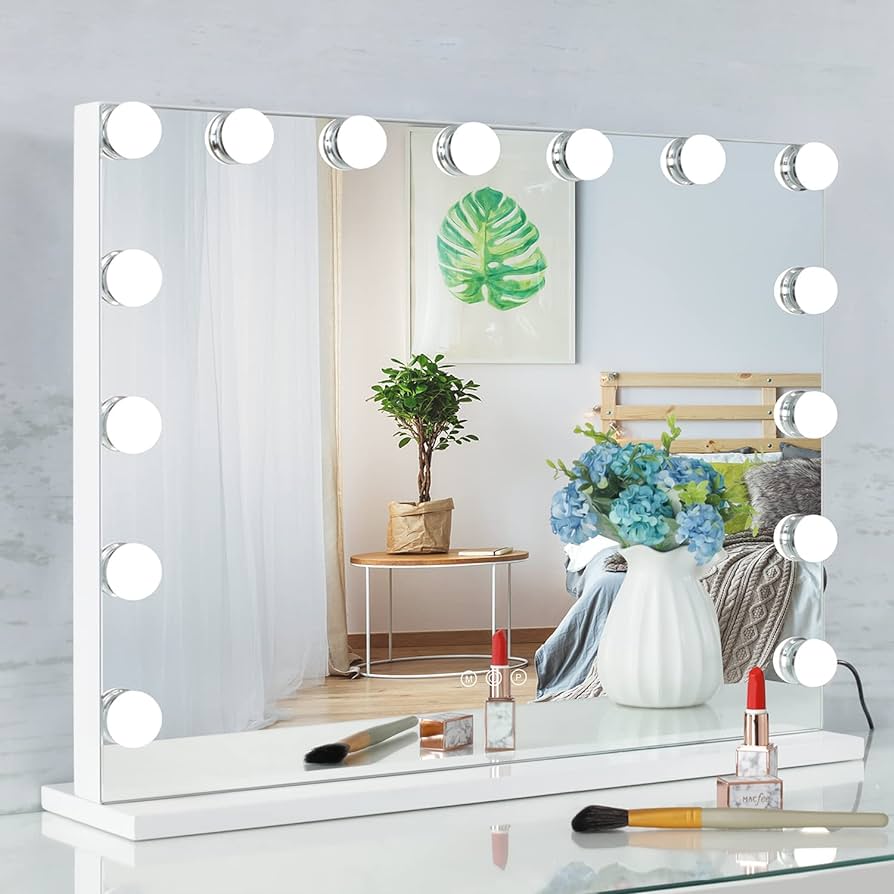
Fogging and Discoloration:
Fogging or discoloration can occur due to moisture damage or aging of the mirror. Repairing fogging or discoloration depends on the cause and severity:
a. Moisture Damage: If the fogging or discoloration is caused by moisture damage, it may be possible to repair the issue by removing the moisture and resealing the mirror to prevent further damage. This typically requires professional assistance to ensure proper treatment.
b. Aging or Oxidation: Over time, mirrors may develop a yellow or darkened appearance due to aging or oxidation. In such cases, it can be difficult to fully restore the mirror to its original condition. However, professional cleaning and treatment may help improve the appearance to some extent.
Mirror Backing Damage:
Damage to the mirror backing, such as peeling or deterioration, can affect the mirror’s appearance and functionality. Repairing mirror backing damage depends on the severity and type of damage:
a. Peeling or Delaminating: If the mirror backing is peeling or delaminating, it may be possible to repair it by removing the damaged portion and applying a new backing material. This requires careful removal and installation techniques.
b. Moisture Damage: Moisture damage to the mirror backing can result in discoloration or warping. Repairing this type of damage involves addressing the underlying moisture issue, replacing the backing if necessary, and ensuring proper sealing to prevent future damage.
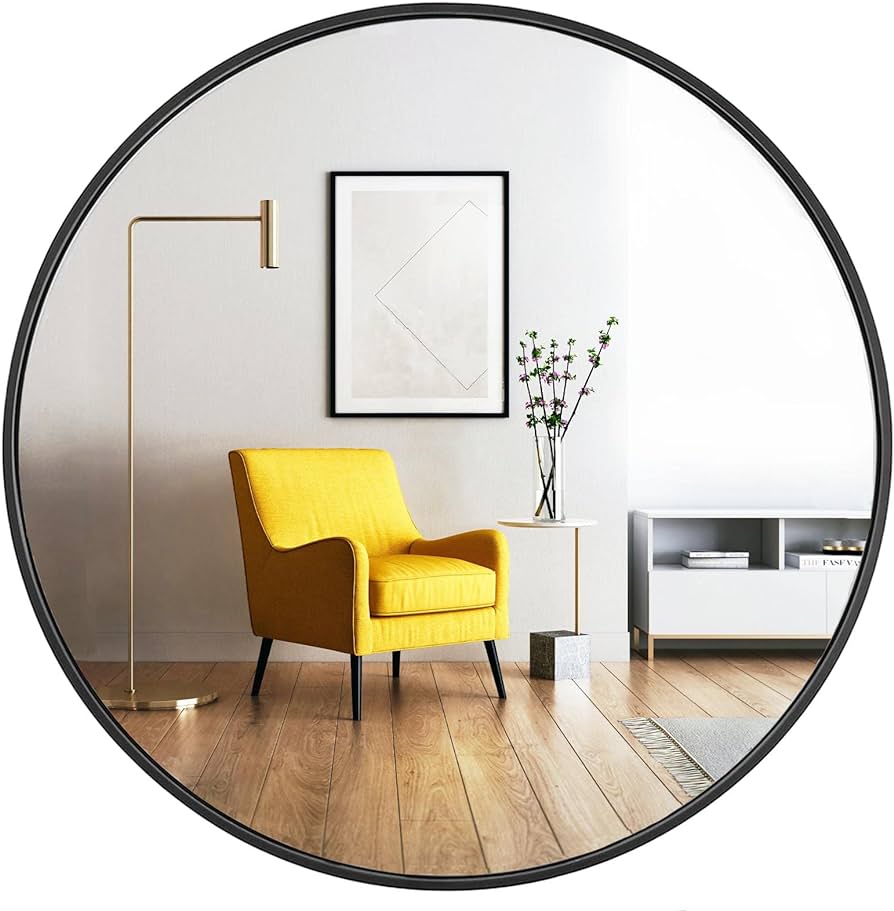
Professional Assessment:
In cases of significant damage or if you are uncertain about the repairability of your mirror, it is advisable to seek professional assessment. A professional can evaluate the extent of the damage and recommend the most appropriate repair method or advise on replacement if necessary.
DIY Repair Options:
For minor cracks, chips, or scratches, there are some DIY repair options you can try:
a. Epoxy Resin: Epoxy resin can be used to fill and repair small cracks or chips in the mirror. Follow the manufacturer’s instructions for proper application and allow it to dry thoroughly before using the mirror.
b. Scratch Repair Kits: Scratch repair kits are available that contain materials and instructions specifically designed for repairing surface scratches on mirrors. These kits often include abrasive compounds and polish to minimize the appearance of scratches.
It is important to note that while DIY repair methods can be effective for minor damage, they may not achieve perfect results, especially for more significant or complex repairs. It is best to assess your skills, consider the nature of the damage, and exercise caution when attempting DIY repairs.
Replacement Considerations:
If the damage to your mirror is extensive, irreparable, or compromises its safety, replacement is often the best option. Additionally, in situations where the cost of repair exceeds the value of the mirror or when you desire a fresh and updated look, replacement offers a chance to choose a new mirror that meets your specific needs and preferences.
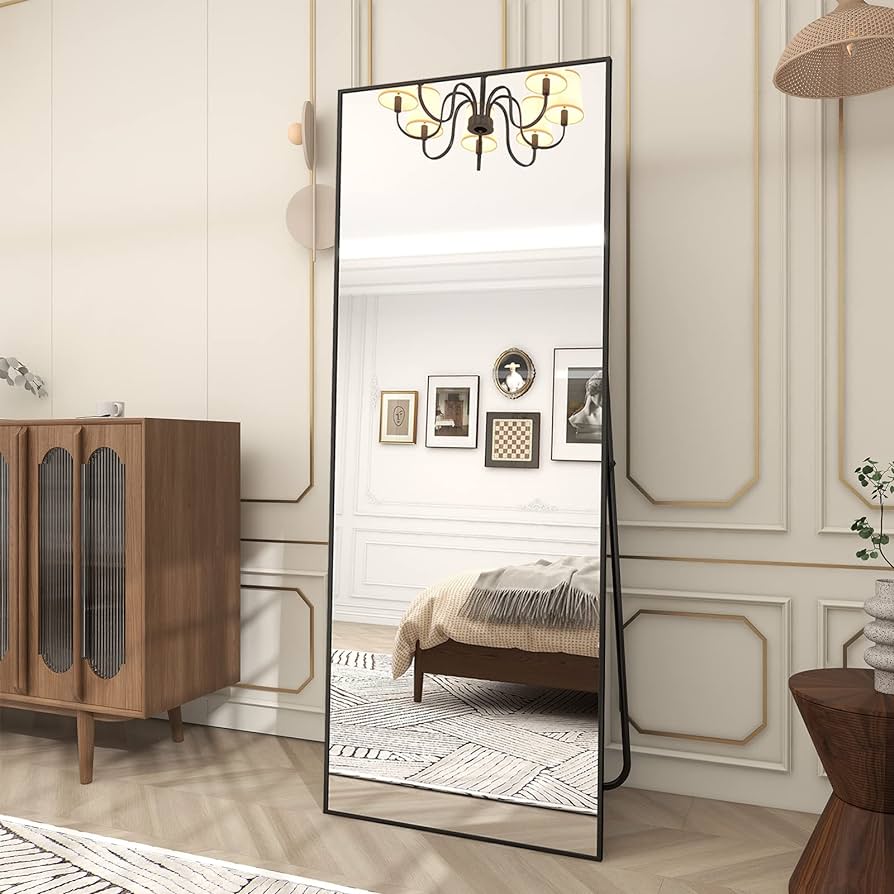
Consulting a Professional:
When in doubt about the repairability of your mirror or if you are unsure about the appropriate repair method, it is always recommended to consult a professional. A professional mirror repair technician or a glass specialist can assess the damage and provide expert advice on the best course of action. They have the knowledge, experience, and specialized tools to handle different types of mirror damage effectively.
Professional repair services may include:
a. Resilvering: If the reflective coating on the mirror has deteriorated or been damaged, the professional can perform a process called resilvering. Resilvering involves removing the old coating and applying a new reflective layer to restore the mirror’s reflective properties. This process requires expertise and specialized equipment.
b. Crack or Chip Repair: Professionals may use advanced techniques to repair cracks or chips in the mirror. They can fill the damaged areas with resin or other suitable materials, ensuring a seamless and durable repair.
c. Scratch Removal or Buffing: Professionals have the tools and expertise to remove or minimize scratches on mirrors. They can use abrasive compounds, polishes, or buffing techniques to restore the mirror’s smooth surface and reduce the visibility of scratches.
d. Backing Replacement: If the mirror backing is damaged or deteriorated, professionals can remove the old backing and apply a new one. They ensure proper adhesion and sealing to protect the mirror and maintain its stability.
e. Frame Restoration: If the mirror is part of a frame, professionals can also handle frame restoration or repair. This may involve repairing or refinishing the frame to complement the repaired mirror.
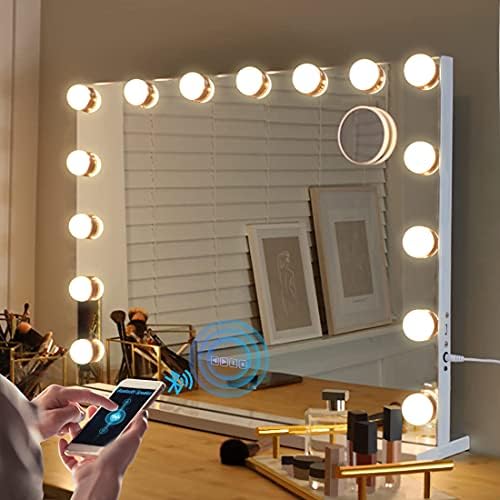
Conclusion:
The repairability of a damaged mirror depends on the type and severity of the damage. Cracks, chips, scratches, and backing damage can sometimes be repaired, depending on factors such as the length, depth, and location of the damage, as well as the type of mirror. DIY repair options like epoxy resin or scratch repair kits can be effective for minor damage. However, significant damage, safety concerns, or specialized mirrors may require professional assessment or replacement. By evaluating the extent of the damage and considering the available repair methods, you can make an informed decision about whether to repair or replace your damaged mirror.
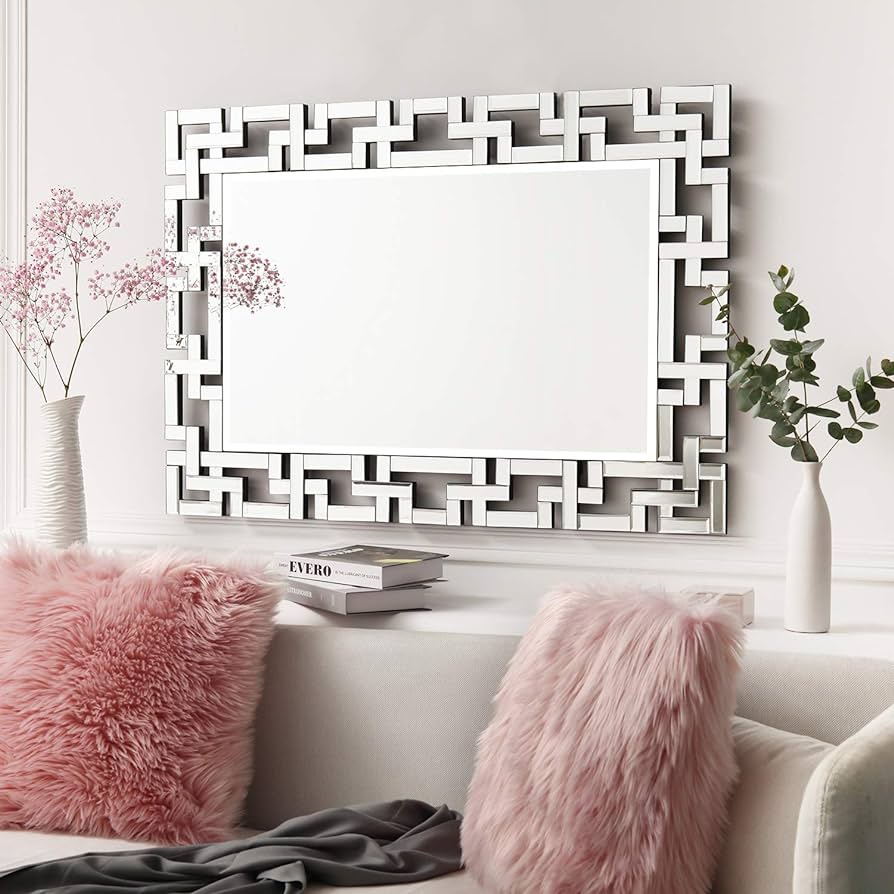
Leave a Reply